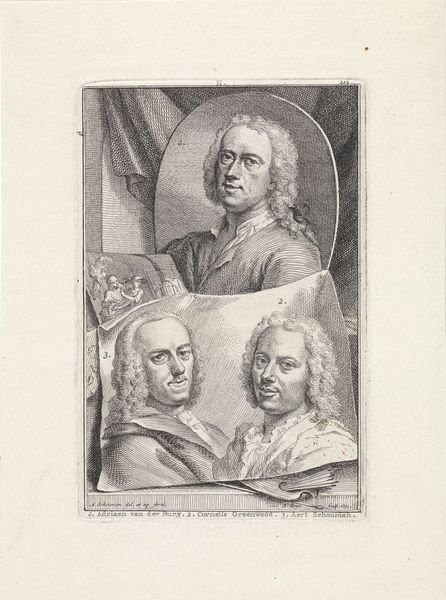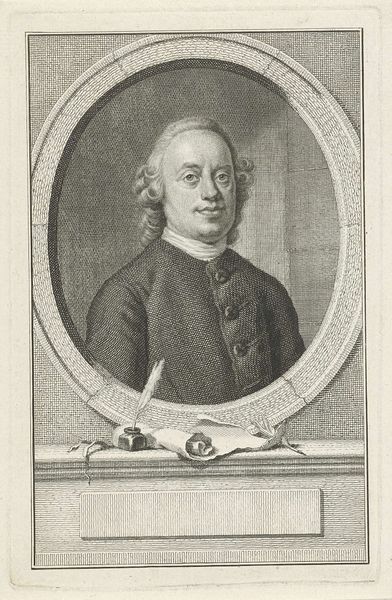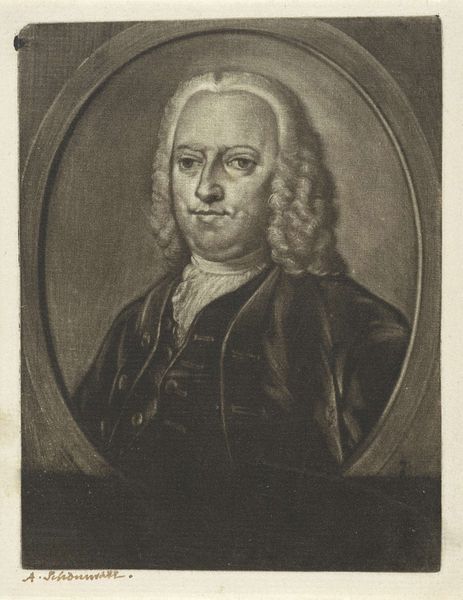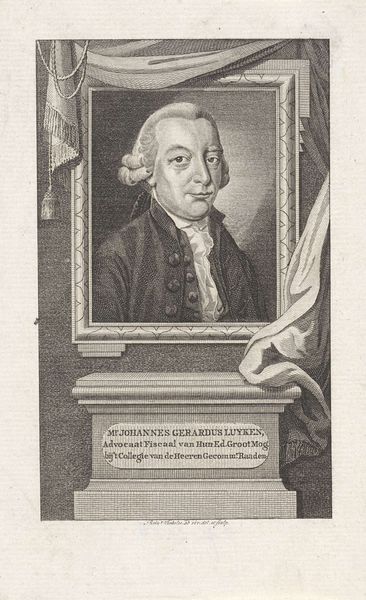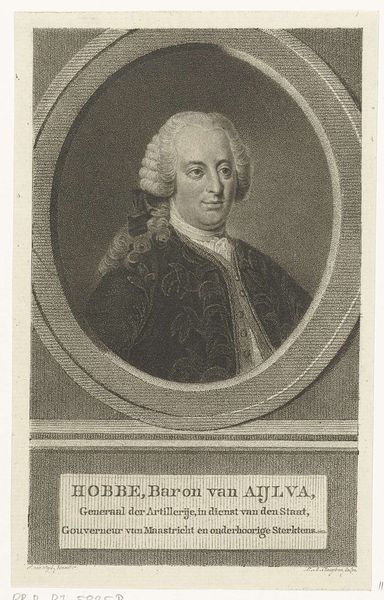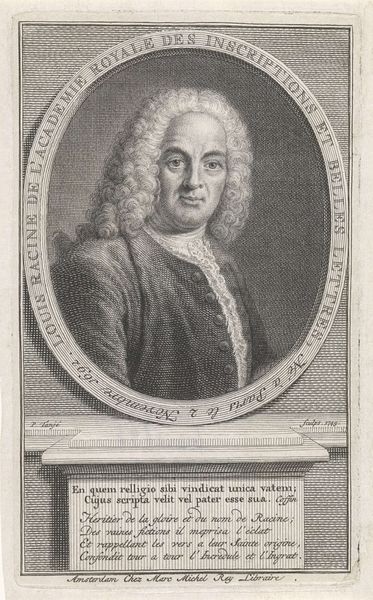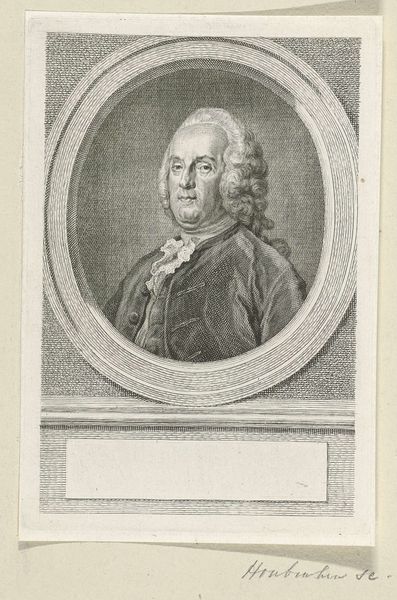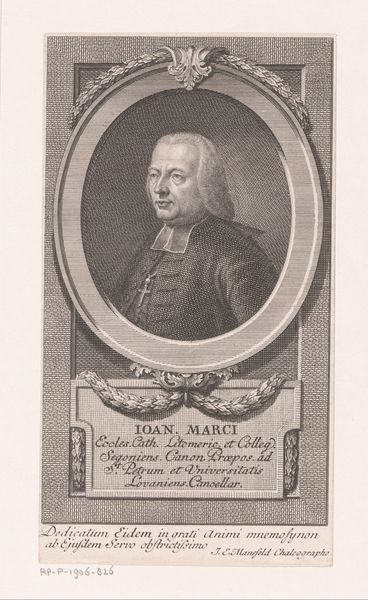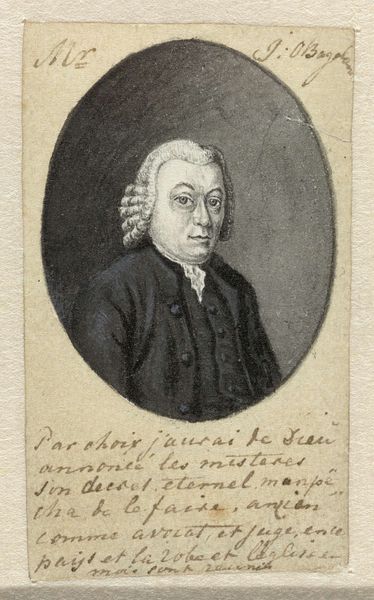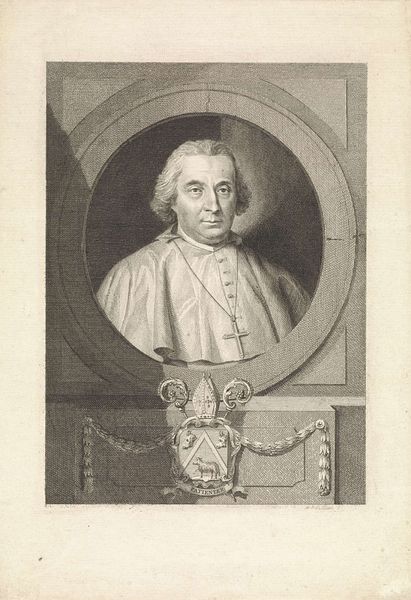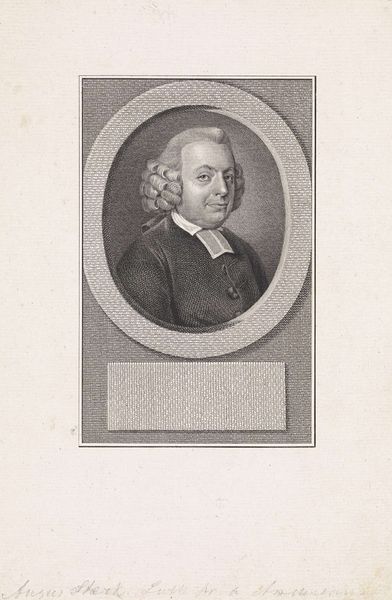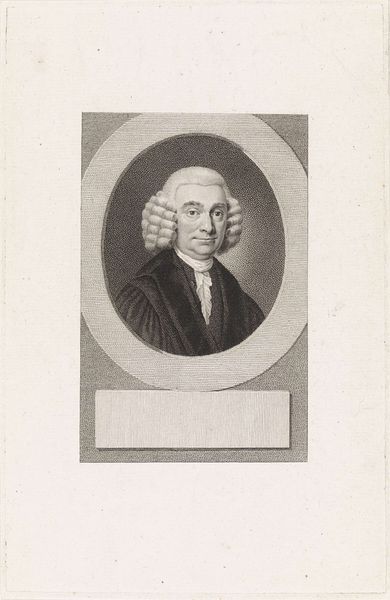
Portretten van Mattheus Verheyden, Jan George Freezen en Pieter Lyonet 1751
0:00
0:00
print, engraving
#
portrait
#
baroque
# print
#
old engraving style
#
caricature
#
portrait reference
#
portrait drawing
#
genre-painting
#
engraving
Dimensions: height 158 mm, width 104 mm
Copyright: Rijks Museum: Open Domain
Curator: Here we have Pieter Tanjé's "Portretten van Mattheus Verheyden, Jan George Freezen en Pieter Lyonet," an engraving dating back to 1751. What are your initial thoughts? Editor: It feels quite rigid, doesn’t it? Almost like a meticulously arranged family portrait but with an… unusual presentation. The starkness of the engraving lends a certain gravity, perhaps even severity, to these men. Curator: Considering the period, and the dominance of the Dutch Republic in global trade and finance, perhaps severity aligns. We must recognize the gendered nature of this time, acknowledging the exclusive social, political, and intellectual structures afforded to white, upper-class men, whose networks determined societal progress. Editor: Absolutely. And from a purely compositional perspective, I'm intrigued by how the portraits are presented almost like torn fragments within the frame. The layering and fragmentation are quite striking, wouldn't you agree? There is one framed above two images of two other people beneath in a shattered or torn presentation. Curator: Yes, but that effect probably was unintended. The artist may have simply re-used portraits that were drawn separately for different contexts to showcase three important men of his time within the means of the printing press, offering an important opportunity for publicity. Editor: A smart re-use, in that case! The hatching and stippling are incredibly refined, giving each face a distinct texture and capturing the subtleties of light and shadow. There’s a certain dedication to realistic representation. Curator: It speaks to how portraiture operated in service of affirming identities and power, effectively preserving those in ways photography would take over in later generations. What it means to be memorialized, especially within systems of economic exchange, becomes critical to our evaluation of portraiture. Editor: I concede, it gives one plenty to think about, from multiple perspectives! An insightful piece for analysis. Curator: Agreed, it's a poignant demonstration of that very intersection between art and society.
Comments
No comments
Be the first to comment and join the conversation on the ultimate creative platform.
